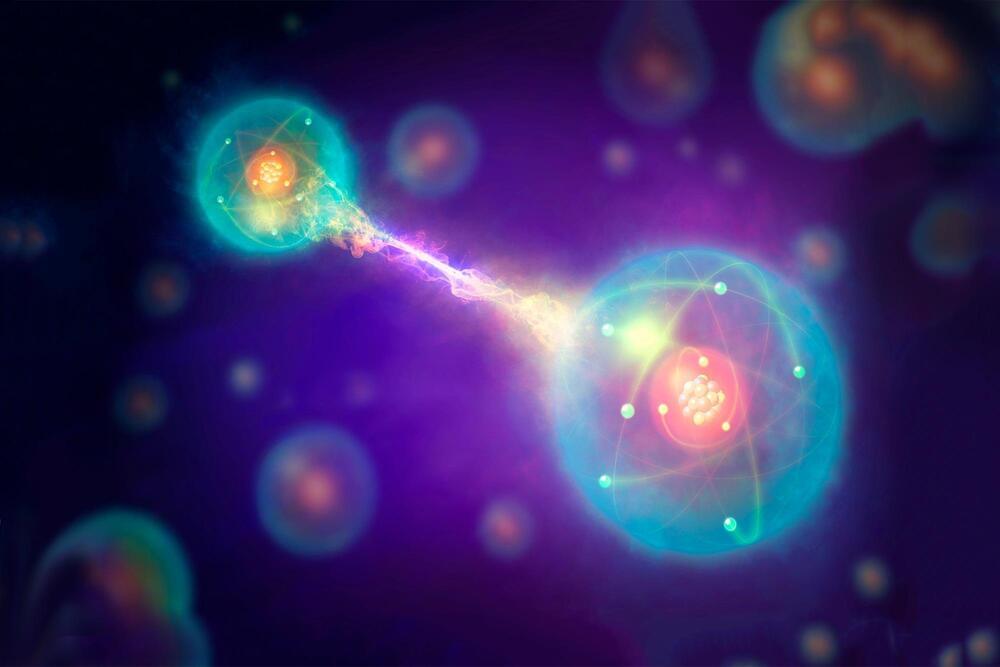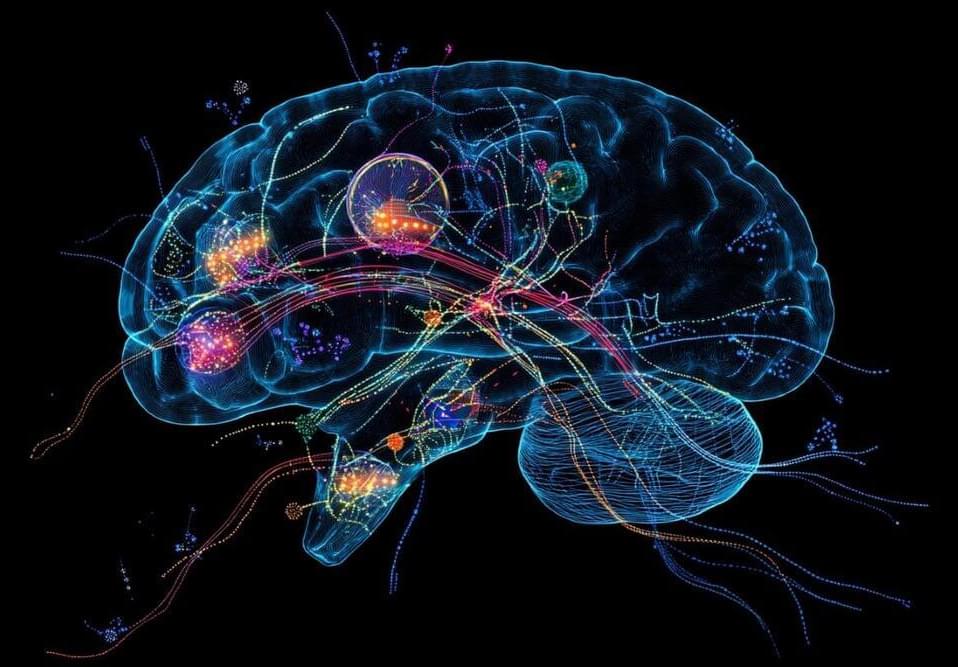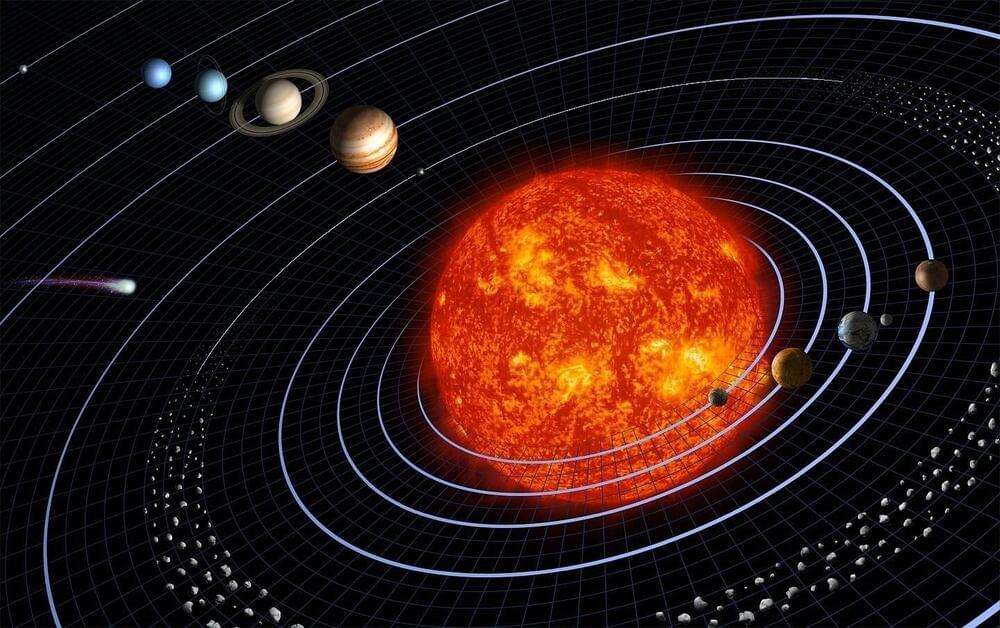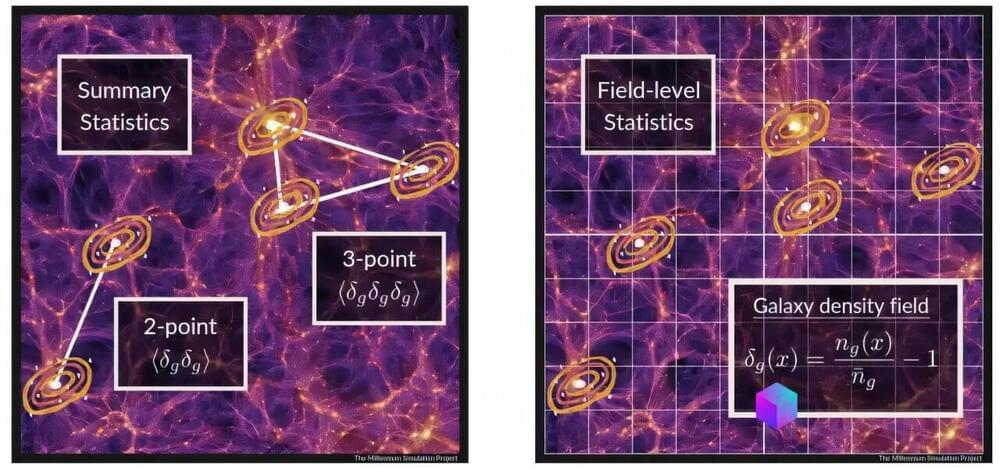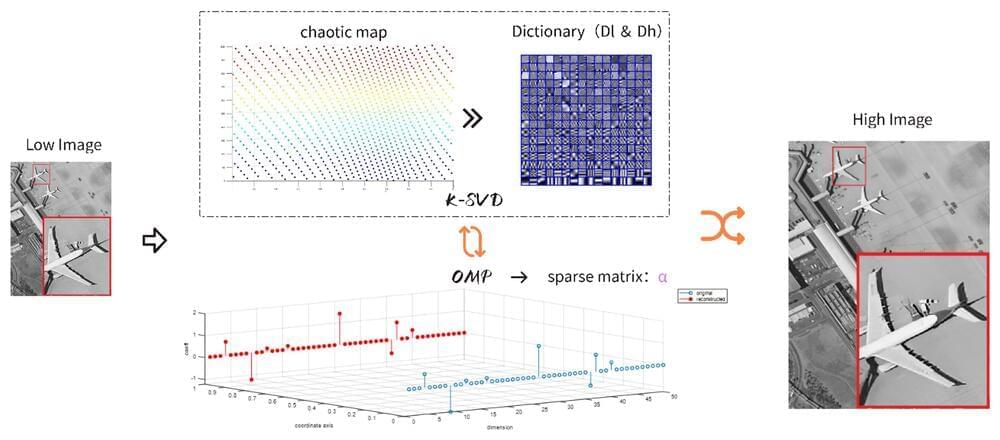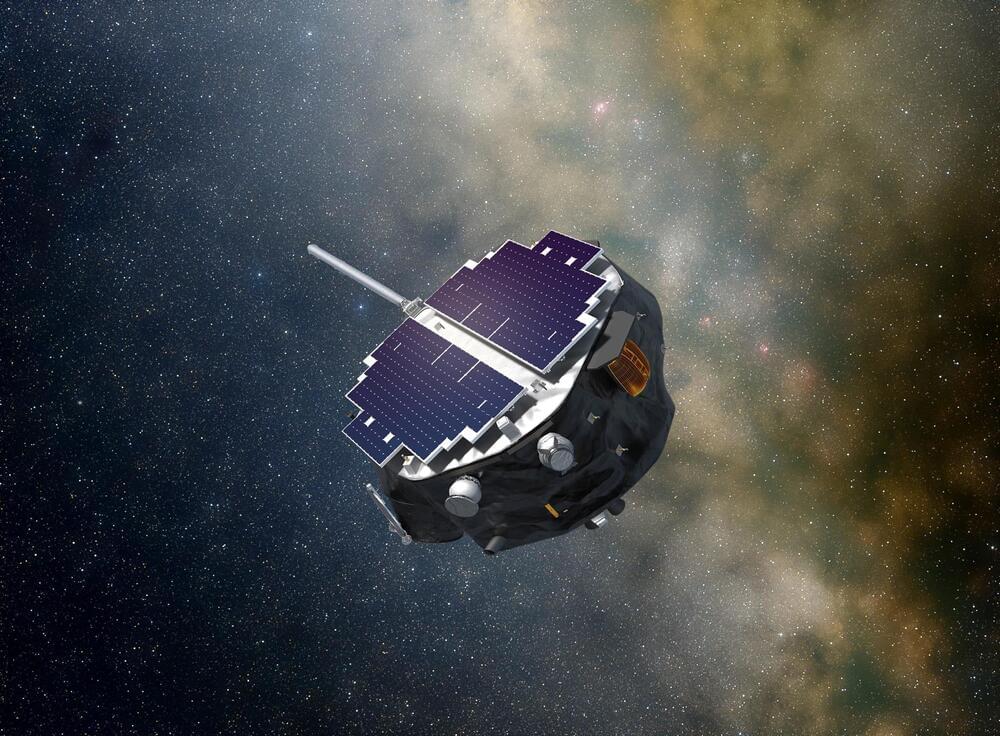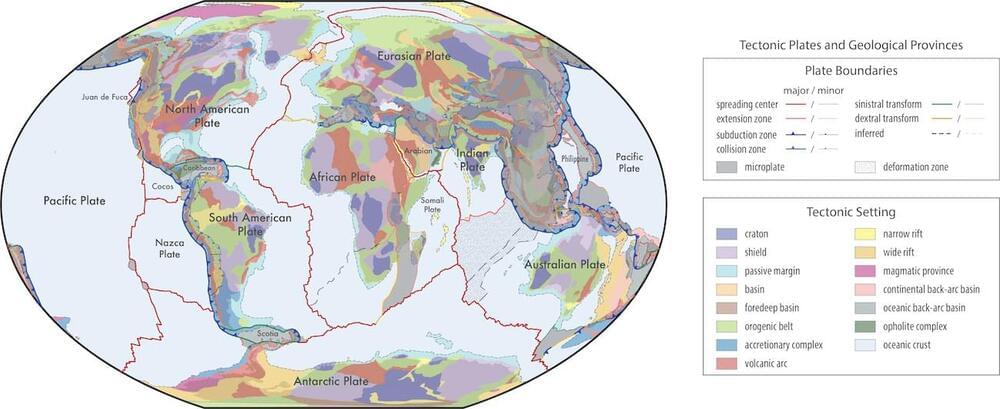Scientists have developed ‘entanglement microscopy,’ a technique that maps quantum entanglement at a microscopic level.
By studying the deep connections between particles, researchers can now visualize the hidden structures of quantum matter, offering new perspectives on particle interaction that could revolutionize technology and our understanding of the universe.
Quantum entanglement is a fascinating phenomenon where particles remain mysteriously linked, even when separated by vast distances. Understanding how this connection works, especially in complex quantum systems, has been a long-standing challenge in physics.
